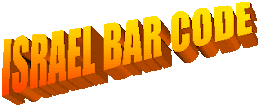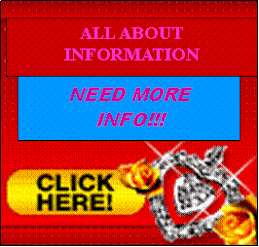…PLEASE FORWARD & SHARING THIS WITH YOUR FRIENDS…
How to write a professional summary for your resume
In today’s competitive job market, employers relay on well-written resumes to screen potential candidates. In many instances, employers look through job search web sites, such as HotJobs.com or Monster.com, to find professionals with skills, education and experience that fit their needs. These employment search web sites, along with many companies’ own online applications, require candidates to upload their resume in order to express interest in a specific opportunity. Without an opportunity to send a personal email, or a cover letter, you have to make sure that your resume expresses your personality in addition to listing your professional and educational experiences and achievements. To do so, you can include a professional profile or summary at the beginning of your resume that allows you to market yourself through a narrative. This section allows your potential employers to learn something unique about you and your career, as well as get a good feel of your communication skills.
To write an effective summary, you should first understand what information should not be communicated in your resume. While a summary provides an insight into what is unique and competitive about you, it is not a place for you to indicate any personal information that does not relate to your career. Information such as ethnicity, marital status, sexual orientation, religious beliefs and affiliations, etc. should be left out of your resume. While descriptive of who you are, this information is not relevant to your potential employer in order to pre-screen your qualifications for their opportunity. Additionally, the summary should not contain your previous professional experience, unless you can clearly demonstrate how such background can be of value in your future career development. Beware of generic statements, such as “I am well organized and detail oriented.” Employers want to hear your unique voice and get a sense of your communication skills while reading the summary portion of your resume. Using generalizations about your abilities will make the employers believe that you are either a poor communicator or are using such statements to fill up space on your resume.
Your summary should be in form of a short paragraph or bulleted statements, containing only several sentences. There isn’t a sentence limit, but as a rule do not take up more than one quarter of the page. Your summary should begin by a headline that summarizes your professional title and/or your professional statement. Emphasize your title by featuring the headline in bold and larger font, as it allows your potential employer to grasp who you are quickly. For example:
Financial Planning Professional
Achieved Double-Digit Return for All Clients through Well-Balanced Financial Portfolios
It is important that this title is well crafted, as it is the first impression your potential employer will have of you.
There are three things a well-written summary should address:
- Your experiences and skills as they relate to your idea job
- What you can bring to the organization and the open position that no other candidate can
- Your professional goals.
Even though your resume summary is written by you, it should be composed in third person, in present tense. Think of it as a summary of what one of your best colleagues would say about your professional achievements. Reinforce your title, and sell only the experiences and skills that meet your career objective. If you have multiple career objectives, such as you wish to get a position in either marketing or public relations, develop separate resume summaries for each of the objectives. A summary can also contain a brief bulleted section highlighting only a few vital competitive skills that you bring to the table. An example of an effective summary would be as follows:
Successful financial planning professional with over 15 years of personal and retirement planning experience. Managed a small financial planning firm, achieving double-digit financial returns for all clients by developing personalized investment portfolios. Leader in development and professional growth of four other financial planners in the firm through effective and motivating mentoring strategies.
Key competencies include:
o Personalized portfolio development
o Financial forecasting
o Retirement portfolio management
o Development on-going professional growth strategies
Much like your overall resume, your summary should be well-written and error-free. Make sure to review your summary, and customize as necessary for the various opportunities of interest. An effective summary will help you “hook” your employer; it should sell you as a primary candidate for the job, leaving your employer with a great first impression of you.


